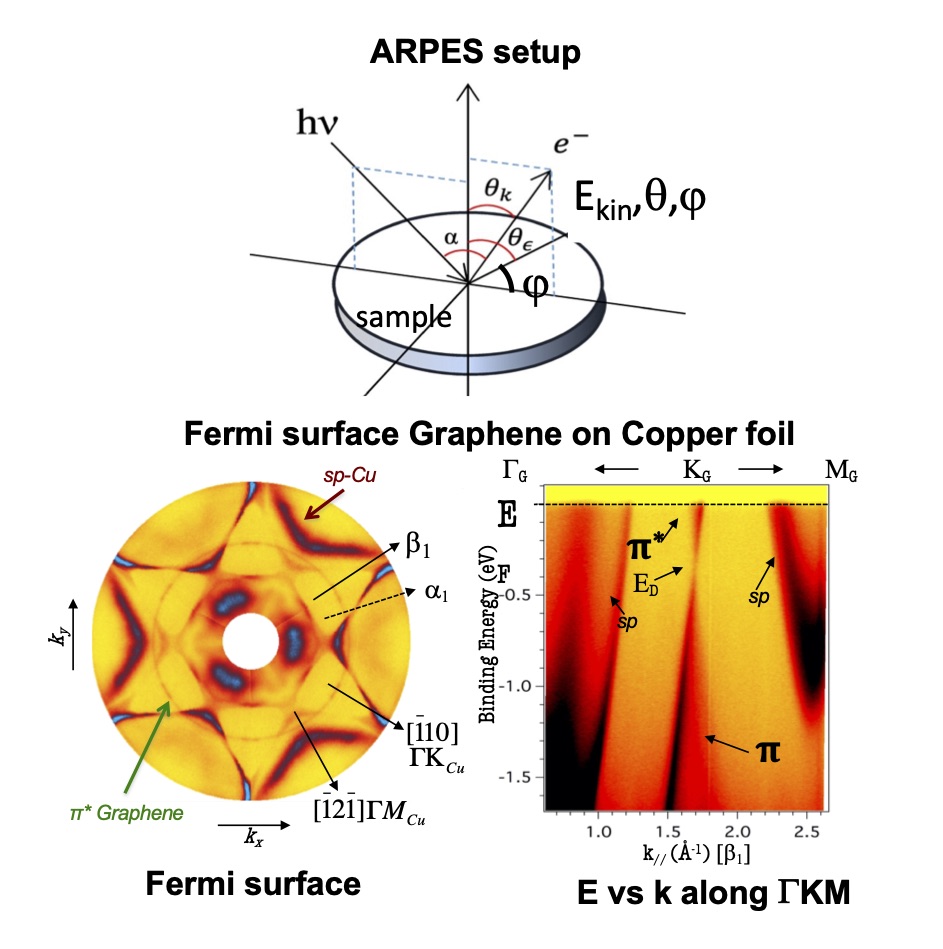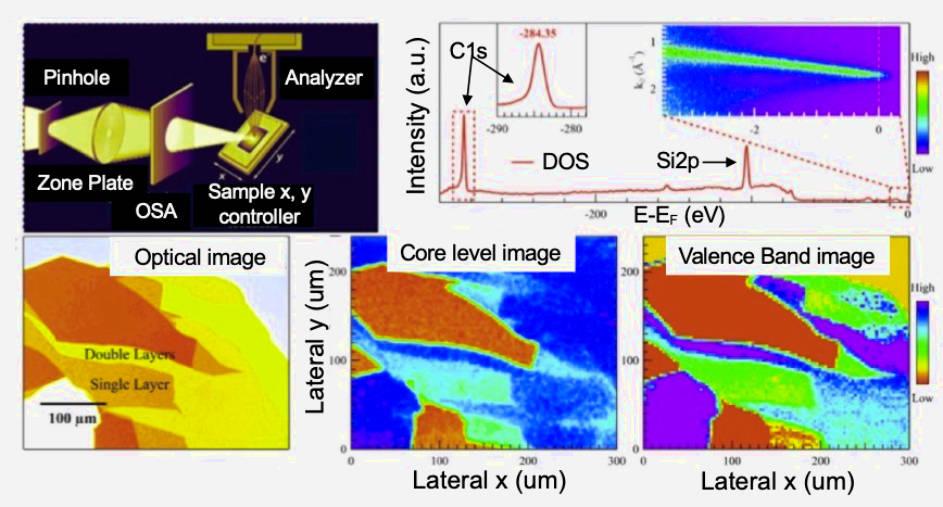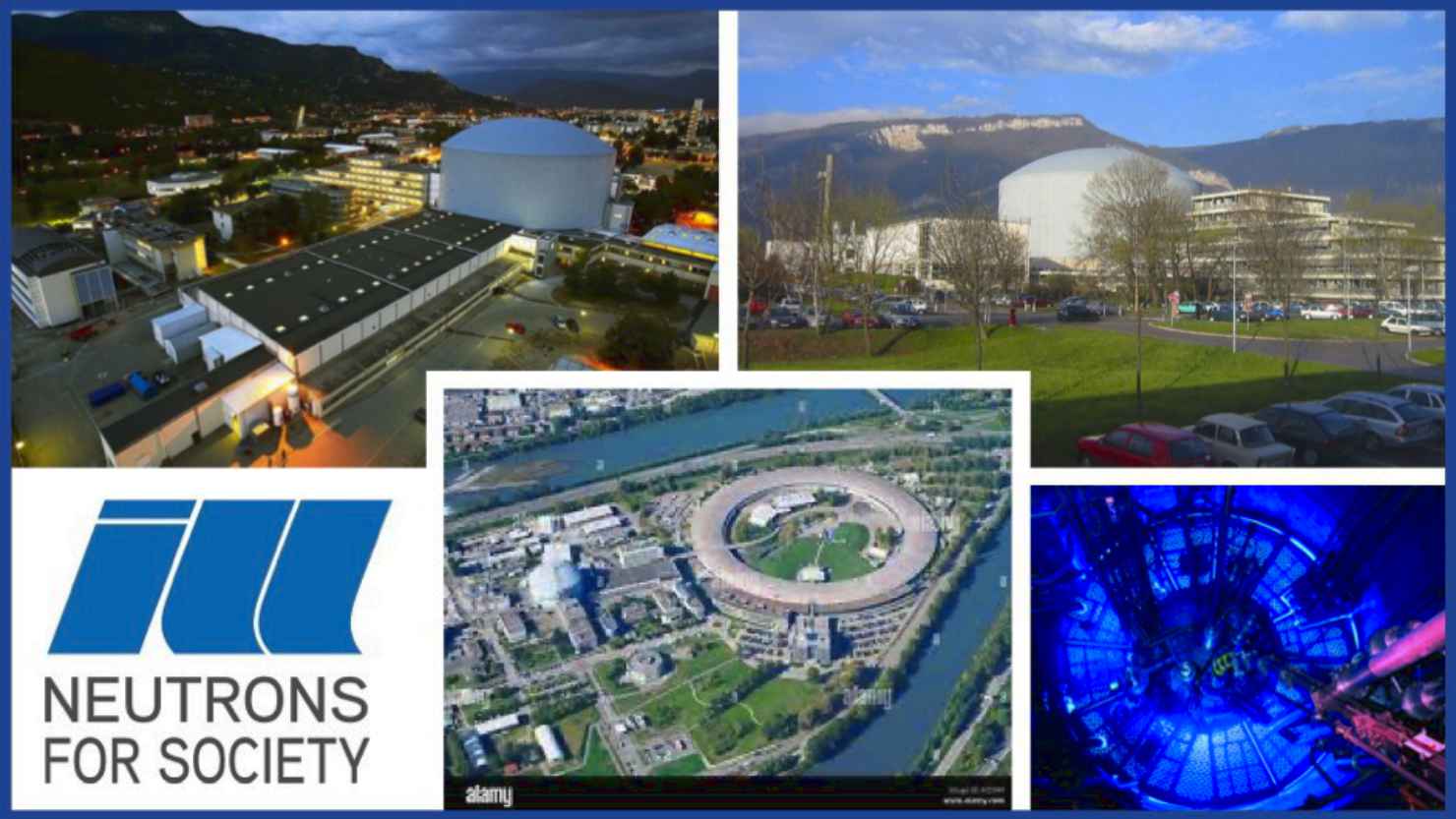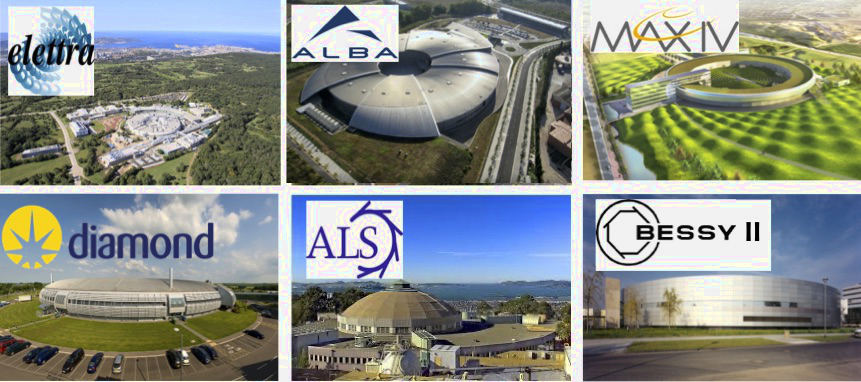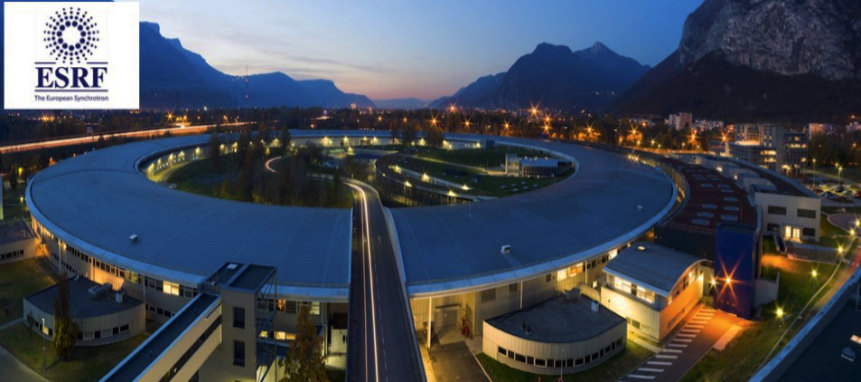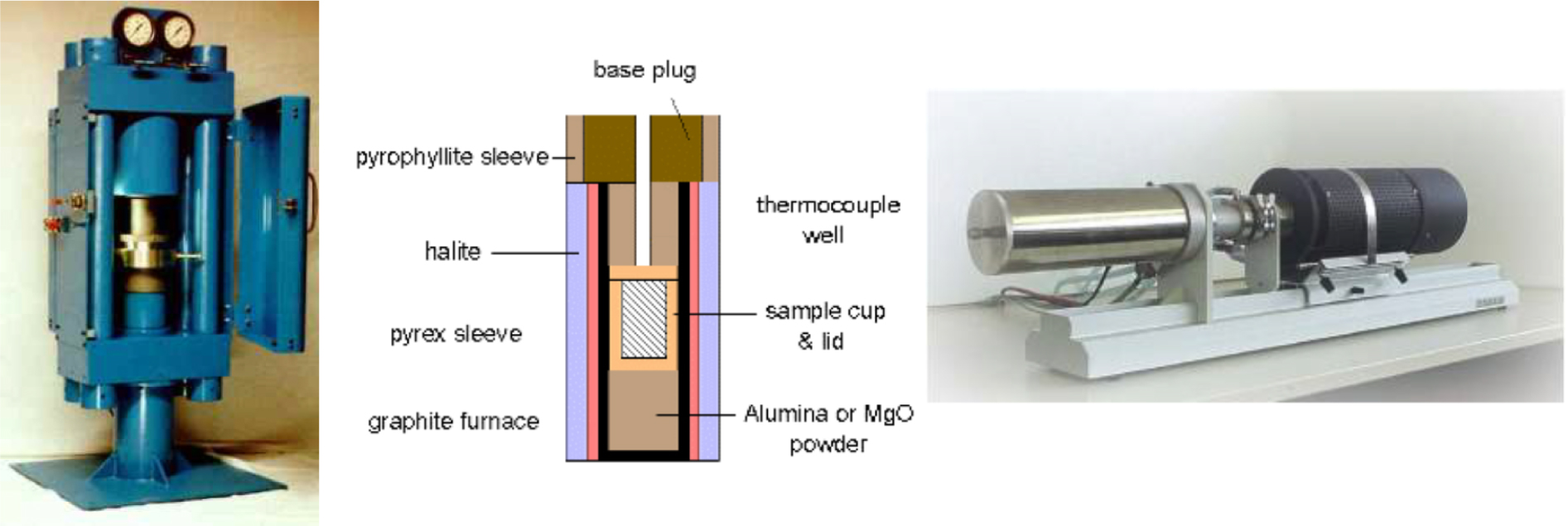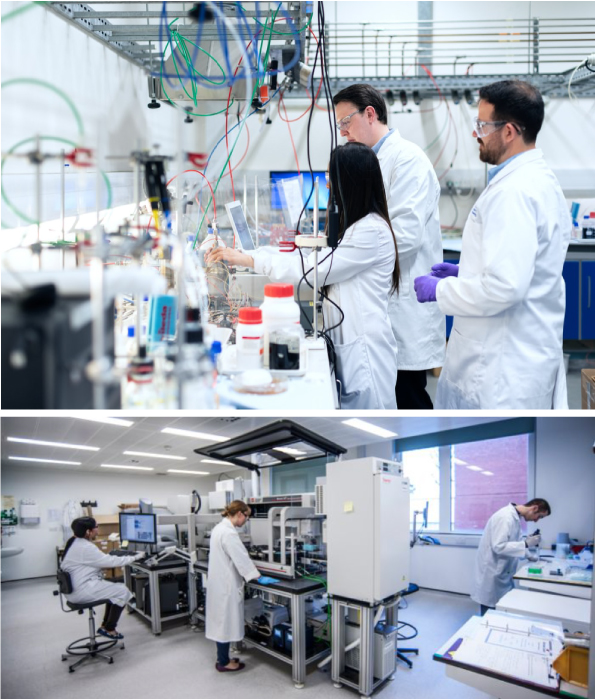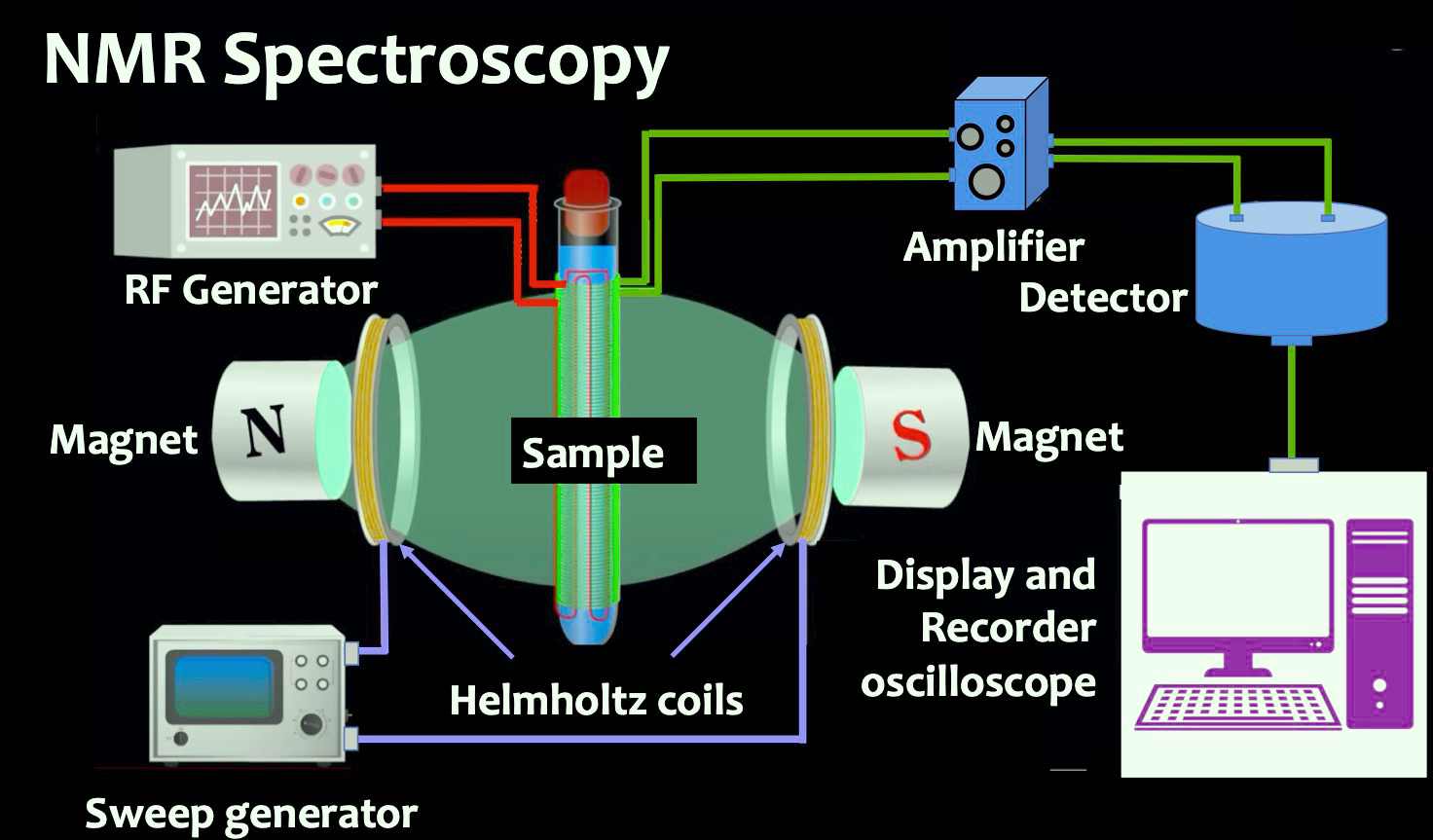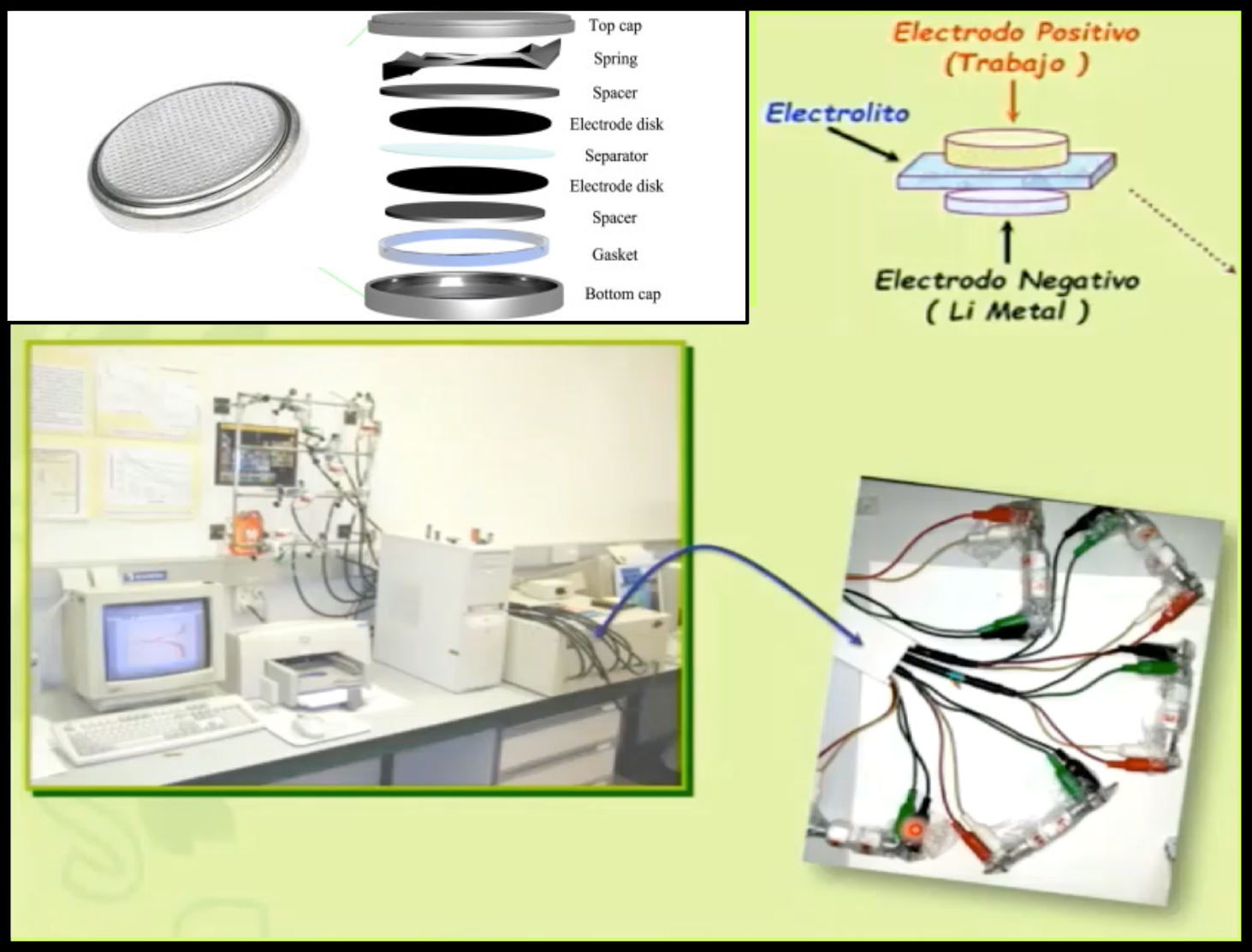Experimental Probes and Facilities
-
Angle-Resolved Photoemission Spectroscopy, (ARPES)
ARPES is an experimental technique that directly measures the binding energy of the emitted electrons’ initial state as a function of the reciprocal space’s momentum photons of a well-defined energy hν is incident upon a simple. ARPES enables direct observation of the Fermi surface and the underlying electronic structure of crystals, which are fundamental attributes of any material that allows describing all the electronic properties of solids and reveal the nature of vital electronic interactions involved. ARPES has proved to be particularly fruitful in studying quasi-1D and -2D materials, where the photoemission no conservation of the perpendicular k vector to the surface is not affecting the measurements. Traditionally, angle-resolved photoemission spectroscopy (ARPES) is the only technique capable of making sufficiently precise measurements of the dispersion of the band structure of materials in the reciprocal space. The state of the art ARPES equipment installed at synchrotron radiation sources is such that it can offer energy and angular resolution of better than 5 meV and 0.1Å, respectively. Yet, until now, no instrument has been capable of performing spatially resolved ARPES experiments on the nanometer scale.
Our group has designed, built, installed, commissioned, and launched the standard operation of a Nano-ARPES (Nano Angle Resolved Photoelectron Spectroscopy) beamline named ANTARES at the SOLEIL synchrotron in France. This sophisticated instrument is able, with a spatial resolution of several tens of nanometers, of carrying out the direct imaging of core levels, their chemical shifts, band electronic structures, and constant energy surfaces in the reciprocal space, especially the Fermi surfaces. This cutting-edge technique also named k-space nanoscope is an innovative and powerful tool able to nano-imaging the electronic structure, chemistry, and functional composition of non-homogeneous samples as well as very tiny materials of the order of nano- and mesoscopic-scale samples.
The k-nanoscope is a spectroscopic non-destructive nano-probe to study advanced materials. This innovative scanning photoemission nanoscopy combines linear and angle sweeps to perform the electronic and chemical imaging of tiny and heterogeneous samples can be precisely performed by detecting the electronic band structure, the Fermi surface, and the chemical functional composition point by point throughout the surface of the whole sample, using the same k-nanoscope setup. The design effectively integrates insertion devices together with high photon tuning and transmission optics. Moreover, the photon source has been combined with advanced mechanical nano-positioning motors that ensure precise and reproducible sample handling. The setup working in ultra-high vacuum condition is fully compatible with a high angular and energy-resolved R4000 Scienta hemispherical analyzer and a set of Fresnel Zone Plates able to focalize the beam spot up to a few tens of nanometers.
Also, in the context of the MATINÉE, CSIC Research Unit, between Valencia University and the ICMM, our group collaborates in keeping operative a brand-new ARPES and Spin-ARPES setup installed at the Institute of Materials Sciences of Valencia University (ICMUV).


